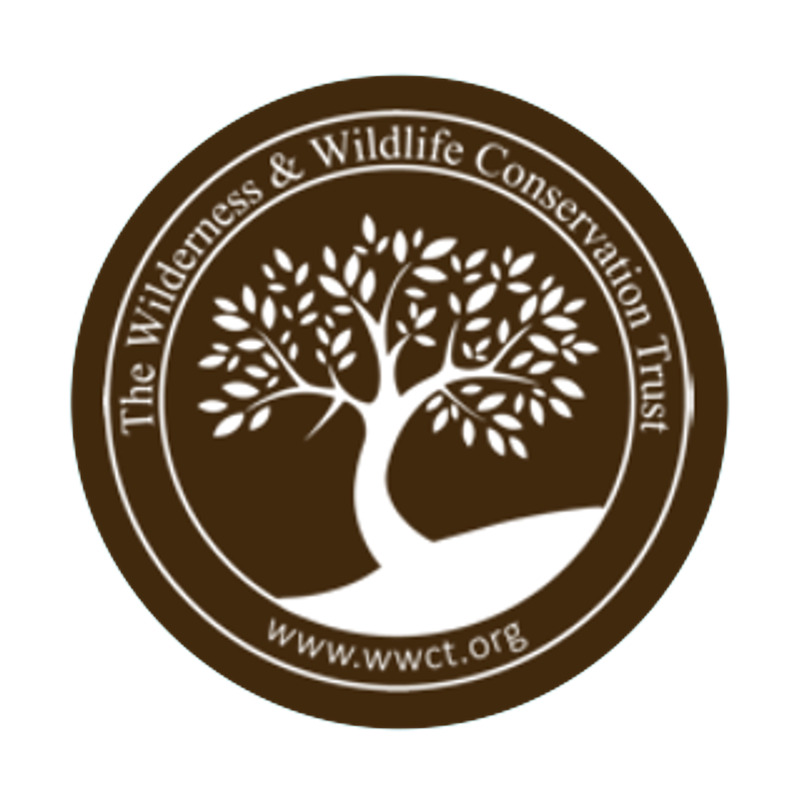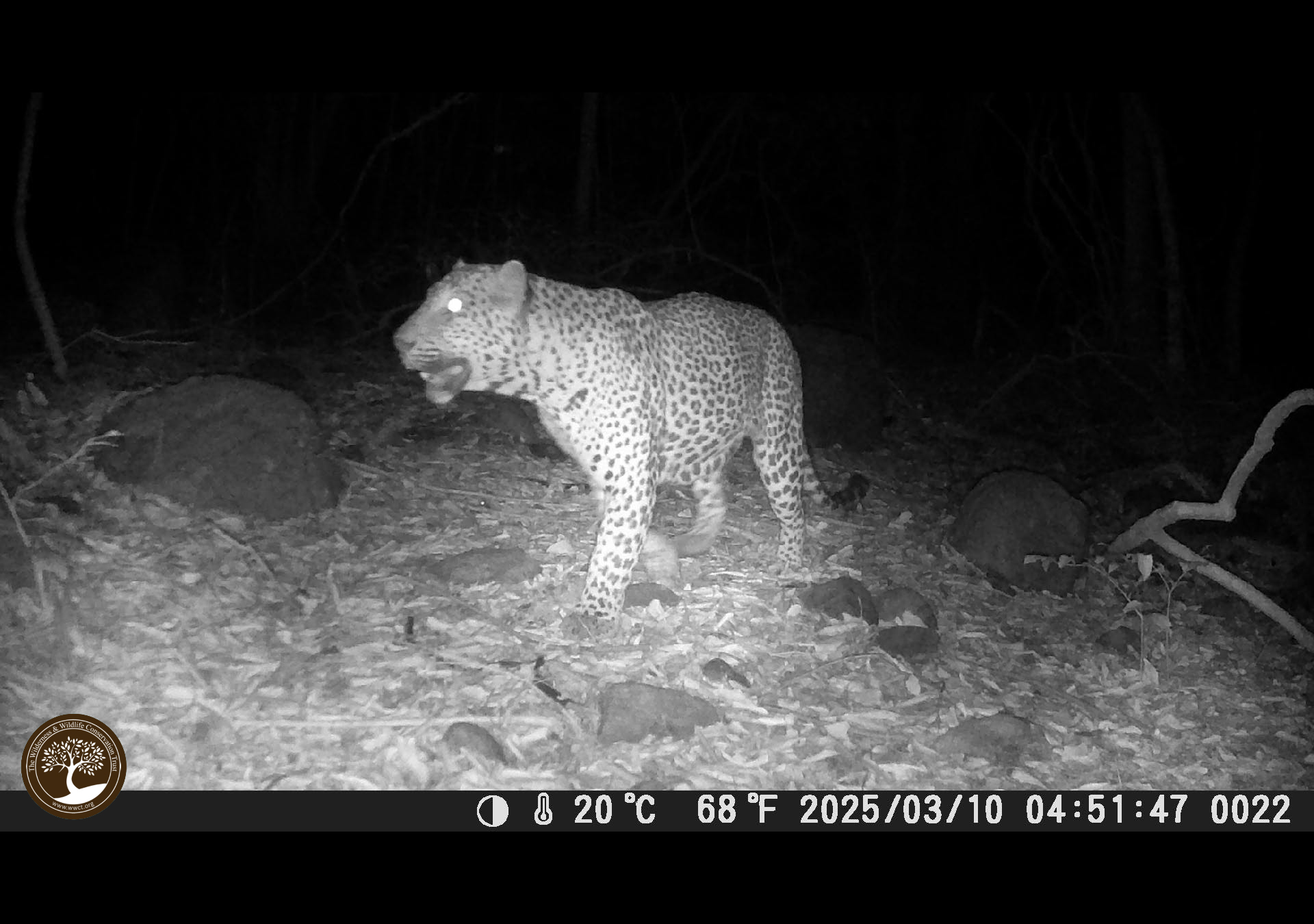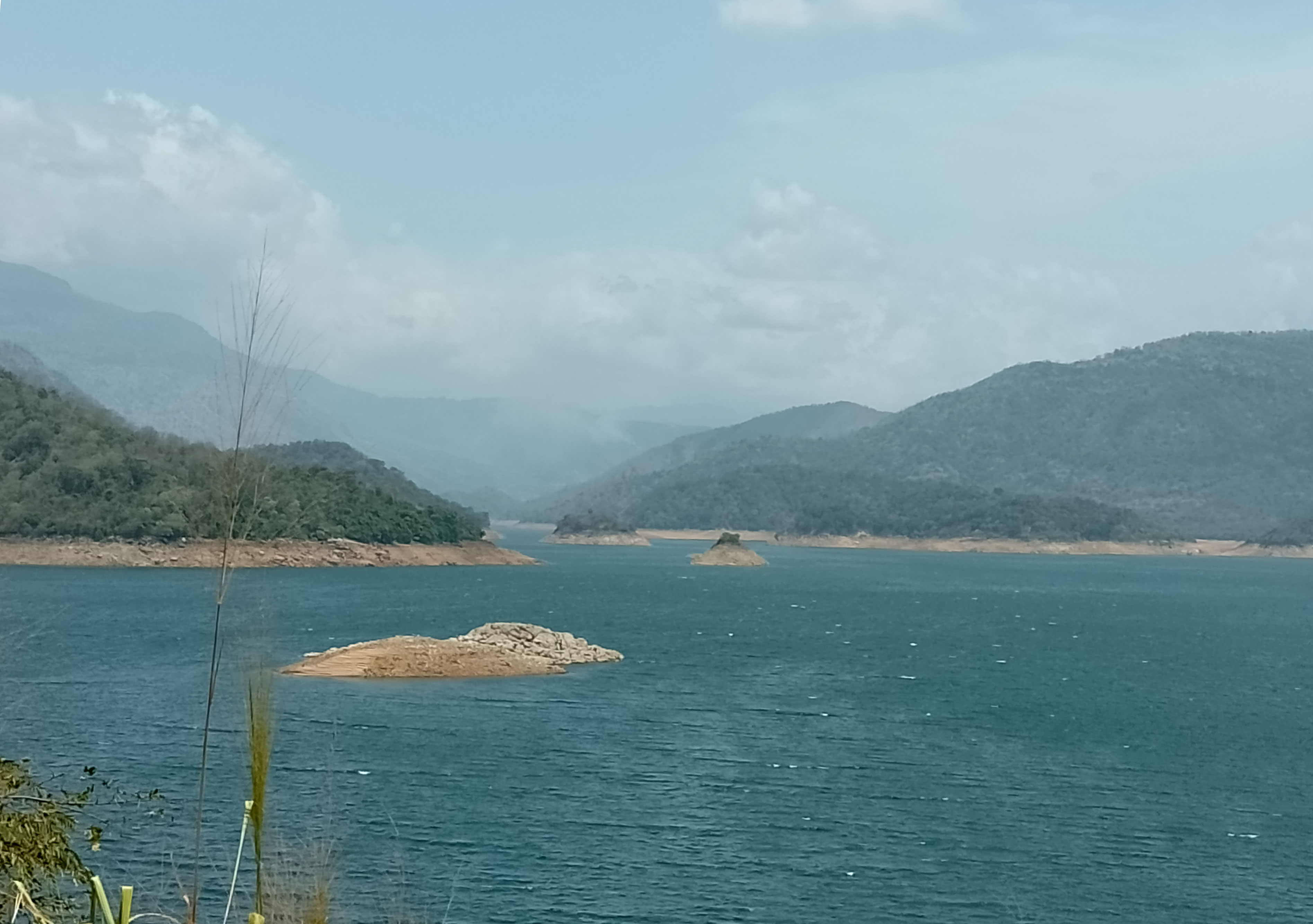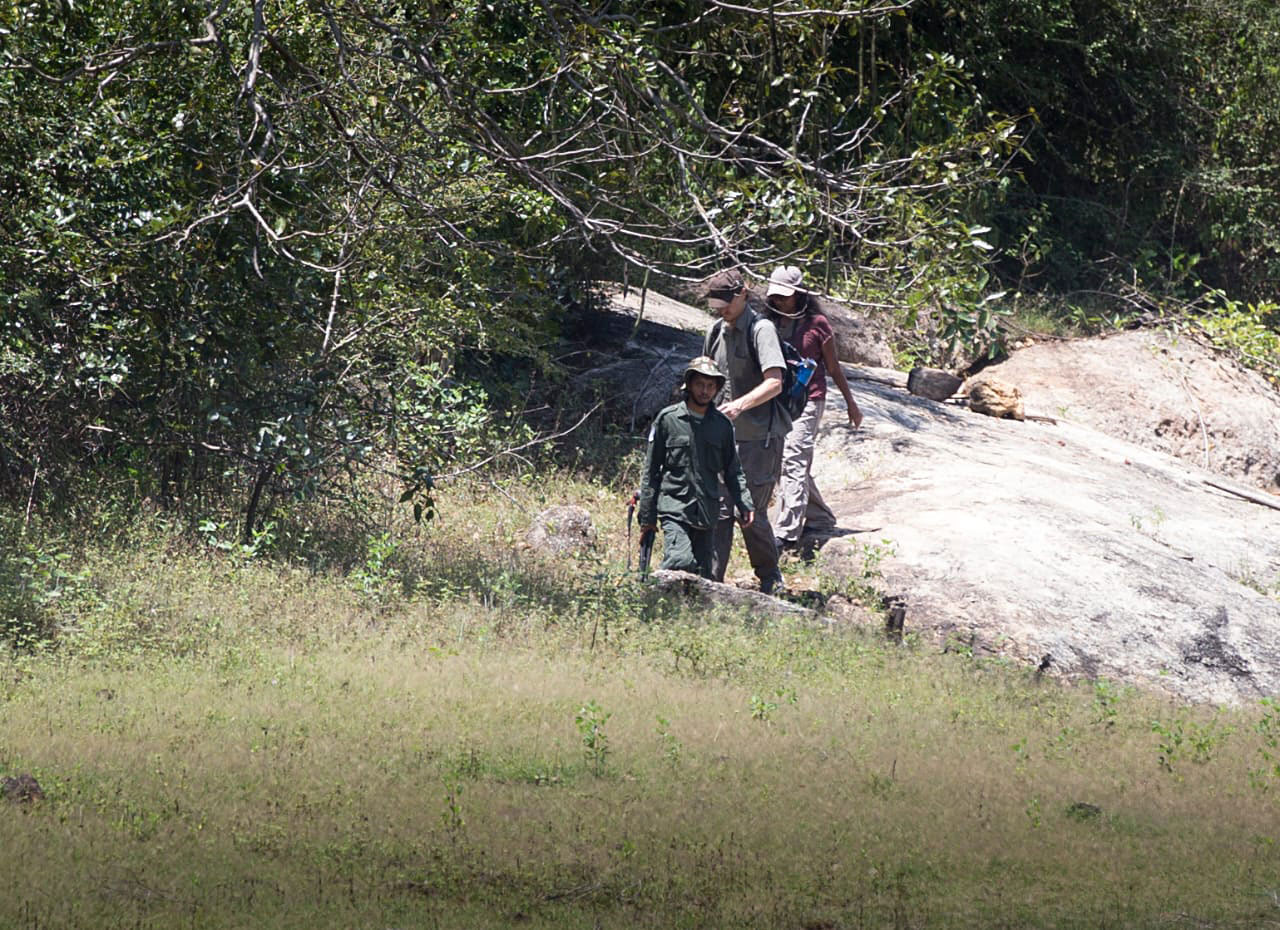WWCT

For over 25 years, the Wilderness and Wildlife Conservation Trust has been studying leopard ecology in Sri Lanka's diverse ecosystems to better understand the predator's distribution, dietary preferences, as well as habitat use and adaptation to diverse environments in both protected and unprotected areas. Using the data collected by the numerous camera traps it deploys, the WWCT can then develop appropriate conservation strategies, for example, by identifying key refuge areas and creating corridors that connect isolated forest areas and facilitate leopard movement.

The WWCT also seeks to raise awareness among local communities about the devastating consequences of poaching on the species, whether it is a direct or indirect target, and about the harmful effects of land clearing on its habitat.
Thanks to our funding, the WWCT is currently conducting groundbreaking research in the Victoria-Randenigala-Rantembe (VRR) Reserve, located in central Sri Lanka. This previously unstudied area represents a major potential habitat for the Sri Lankan leopard. The study aims to assess the density, structure, and dynamics of the leopard population there, and to provide essential data for planning possible future reintroductions of animals rescued from poaching and rehabilitated by a specialized veterinary unit of the Department of Wildlife Conservation.

